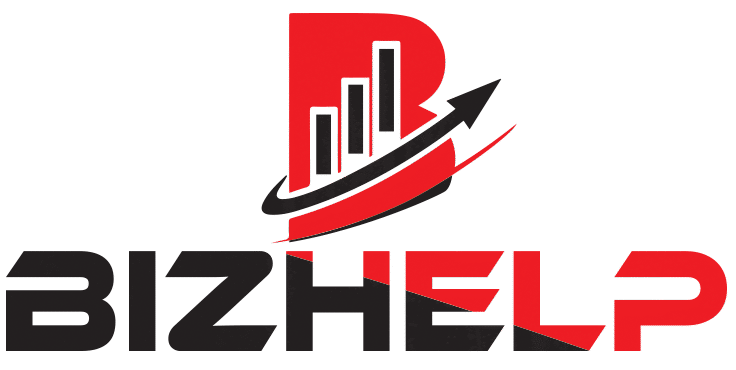
A very important document used to hire people and buy things is an Invitation to Tender (ITT). Businesses, the government, and other groups use it to get quotes from buyers or agents for a work or service.
Businesses, the government, and other groups use it to get quotes from buyers or agents for a work or service. ITTs are a big part of making sure that competition is open, fair, and close. They help people find the best service providers and help those providers get new clients.
How do you write a request for bids?
For bids, a company or group sends an “Invite to Tender” (ITT) to people who might want to buy something or work for them. The ITT gives a lot of information about the project and makes a list of the rules that bids must follow. Having an ITT makes sure that the process is well-planned and simple to understand once the people are chosen. A lot of business deals, building projects, and government bids use it.
Key Features of an Invitation to Tender
1. People who are interested in the project are given a thorough ITT that explains what it is supposed to do, when it is supposed to happen, and what its goals are.
2. Rules and laws: In order to be accepted, suppliers must follow certain rules and laws about money, technology, and the government.
3. How to Bid: It’s easy for buyers to make and send bids.
4. Criteria for Evaluation: The ITT spells out how the bids will be judged and what factors will affect the final choice.
5. Due Date: Bids are sent in on time when there is a due date.
How Does an ITT Differ from Other Tendering Methods?
You can get bids in a lot of different ways, but it’s important to know what makes an ITT special:
1. This is also known as a “RFP. ” RFPs are more open source than ITTs when it comes to the answers they offer. These are used when the client wants new ideas instead of exact copies of the specs.
2. Ask for Quotes (RFQ): This is a simple way to choose based on price. An ITT, on the other hand, looks at worth and price.
- EOI stands for “expression of interest.” When a company sends out an EOI, it shows that it wants to work on a project before an official ITT is sent out.
- ITTs come in two types: open and closed. Anyone can bid on an open ITT, but only certain companies can bid on a closed ITT.
Importance of an Invitation to Tender
An ITT helps both the customer and the seller in many ways on the day of the sale.
1. Makes sure it’s a fair fight
If a company sends out an ITT, all of the possible providers will have a good chance to bid. So now people can’t cheat or act unfairly, and the game is fair.
2. It helps you pick the top seller
That is why ITTs help buyers pick the best seller based on how experienced, financially sound, and technically savvy they are. For buyers to judge the project, they need clear project specs and standards.
3. Makes it simple to understand and set up
It’s very clear what the rules of a project are when there is an ITT. This will help you understand each other better. This will help people reach their goals and keep them from getting into fights in the long run.
4. It helps you spend less time and cash
This will cut down on the number of talks and questions that go back and forth. Customers don’t have to wait long to pick out what they want and sign the contract.
5. Makes sure people follow the law and the rules set by the government
When you deal with the government or the law, pay close attention to the rules about money and the law. An ITT checks to see if someone meets these needs before taking them.
6. Tells bids to be good enough
People who want to join the ITT must be serious and skilled because it has clear rules. This means the thoughts are better and more in line with what the buyer wants.
Key Components of an Invitation to Tender
For an ITT to work, it needs to have these key parts:
- Description of the Project: A short summary of the project that covers its goals and reason for being.
- Scope of Work: This is a list of all the things the seller needs to do.
- For technical needs, you need to know about the tools, products, or technology that will be used.
- How to send in a Bid: These are the steps that bidders should take to make and send in their bids.
- How the bids will be judged and picked, along with the criteria that will be used.
- The law’s requirements, payment terms, and ways to settle arguments are all part of the terms and conditions of a contract.
- The deadline and schedule are important times for turning in, reading, and signing the contract.
Steps in the Invitation to Tender Process
- Putting together and sending the ITT: The buyer puts the paper together and either sends it to sellers who have already been checked out or puts it on a government website.
- People who want to bid can ask questions and get answers before they send in their bids.
- What Suppliers Do: Suppliers follow the ITT rules and send in their bids by the due date.
- A review group’s job is to look over all bids using rules from the fields of technology, money, and the law.
- When negotiating and making a short list, the best sellers might be asked to show or talk about their offer.
- The job goes to the person who bids the most money, and it starts on the dates that were agreed upon.
- The person who won the bid may think about it for a while to help them make a better offer next time.
Challenges in the ITT Process and How to Overcome Them
There are some good things about ITTs, but there are also some problems that need to be carefully dealt with:
- Words that are hard to understand: making an ITT can take a long time and a lot of work. Answer: Pick simple, everyday designs and words that are simple to understand.
- It can be hard to complete a job if the requirements aren’t clear. Answer: Be sure you know exactly what you need.
- Less Competition: There is less competition if not enough bids are sent in. Get the word out about the bids so more people will want to join.
- There is a chance that some bids will not follow the rules. Do a lot of study on someone before you hire them.
- Takes Longer Than Planned: The review process may take longer than planned. Answer: Plan to look over bids at a certain time.
Conclusion
If a business wants to buy something through a bidding process, it needs to fill out an Invitation to Tender (ITT). ITTs make sure that the process is fair, open, and of high quality, which helps both buyers and sellers. This leads to a good project finish. Companies that understand ITTs can get better deals on products and win big contracts in a market with lots of other companies. A company that wants to take on a work should keep an eye on ITTs and know how to answer them correctly. This will make it much more likely for them to get work. If sellers follow best practices, they can become strong competitors when it comes to bidding.
PublicProcurement
GovtContracts
SMEOpportunities
CorporateTenders
TenderNotice
BusinessGrowth
ProjectTender
GlobalTenders
ProcurementStrategy



